| Corenno Plinio and Dervio |
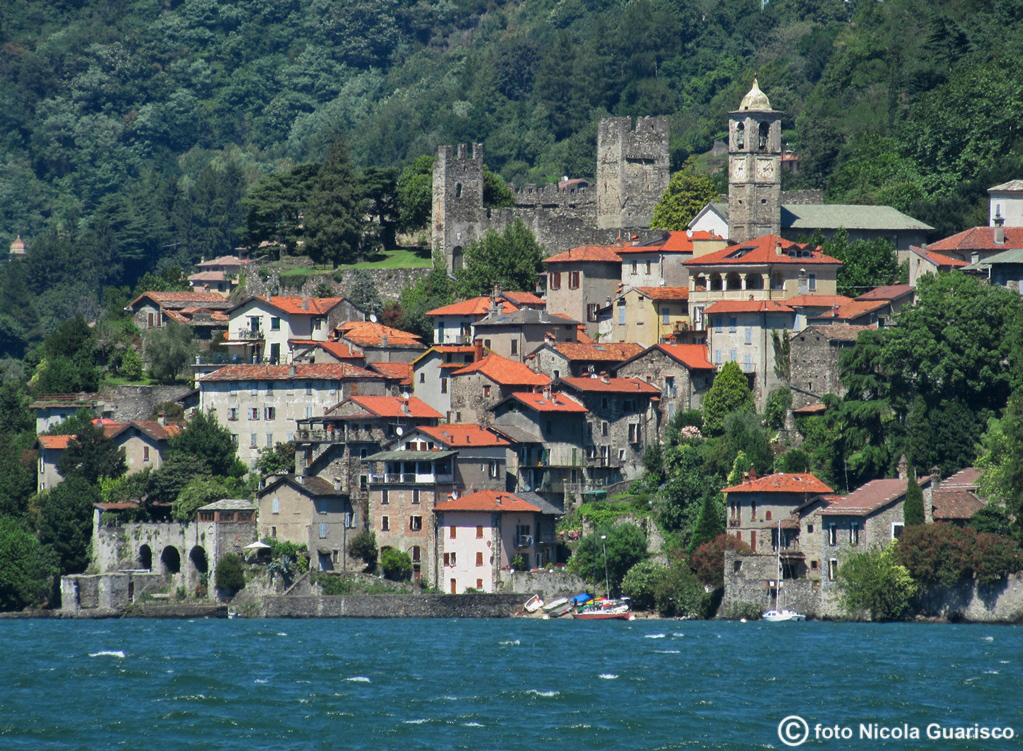 |
|
Corenno Plinio, the most typical and picturesque town of the upper lake. This place has a timeless atmosphere that has remained intact. Its name derives from the Greek Corintum, and was given by the colonists |
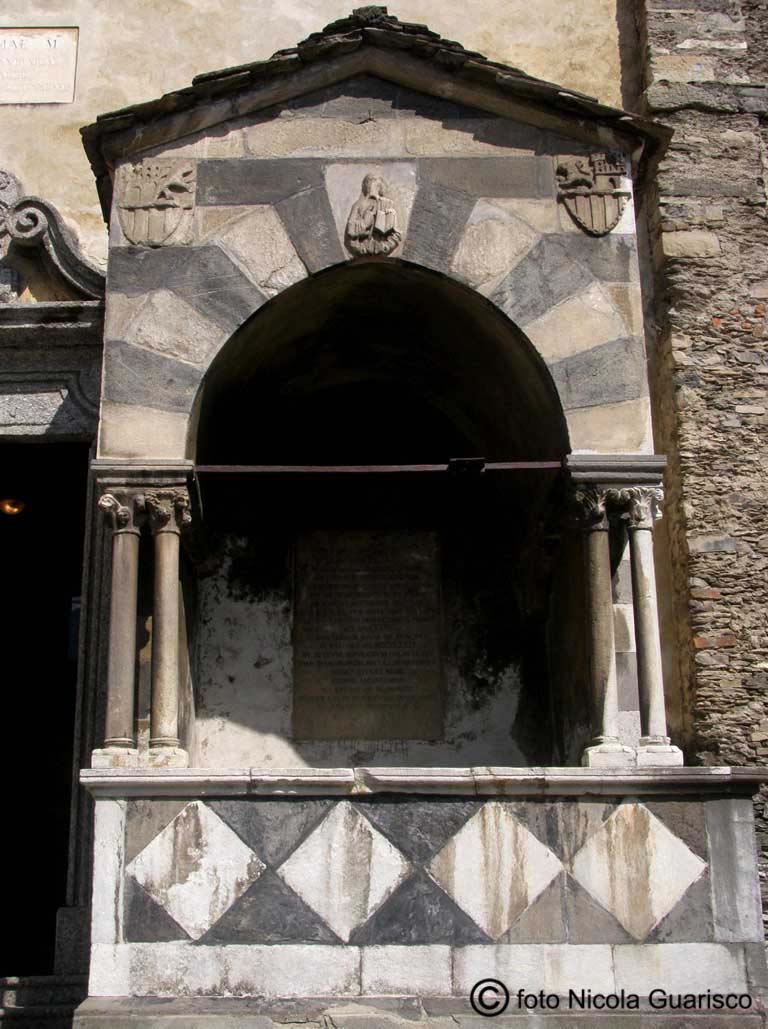
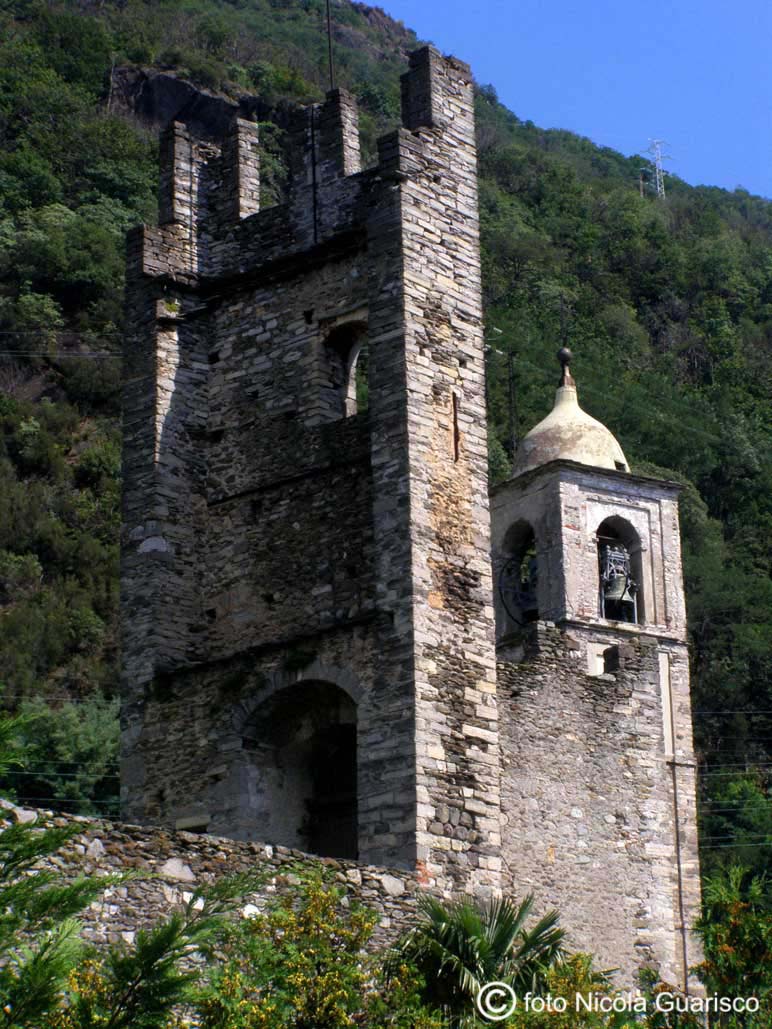 |
|
The impressive remains are shrouded by a somewhat mystical silence, with the nearby abbey of Piona in sight. The walls of the fourteenth-century castle encircle the whole town; the facing church |
 |
|
The castle surrounded by breathtaking mountains. |
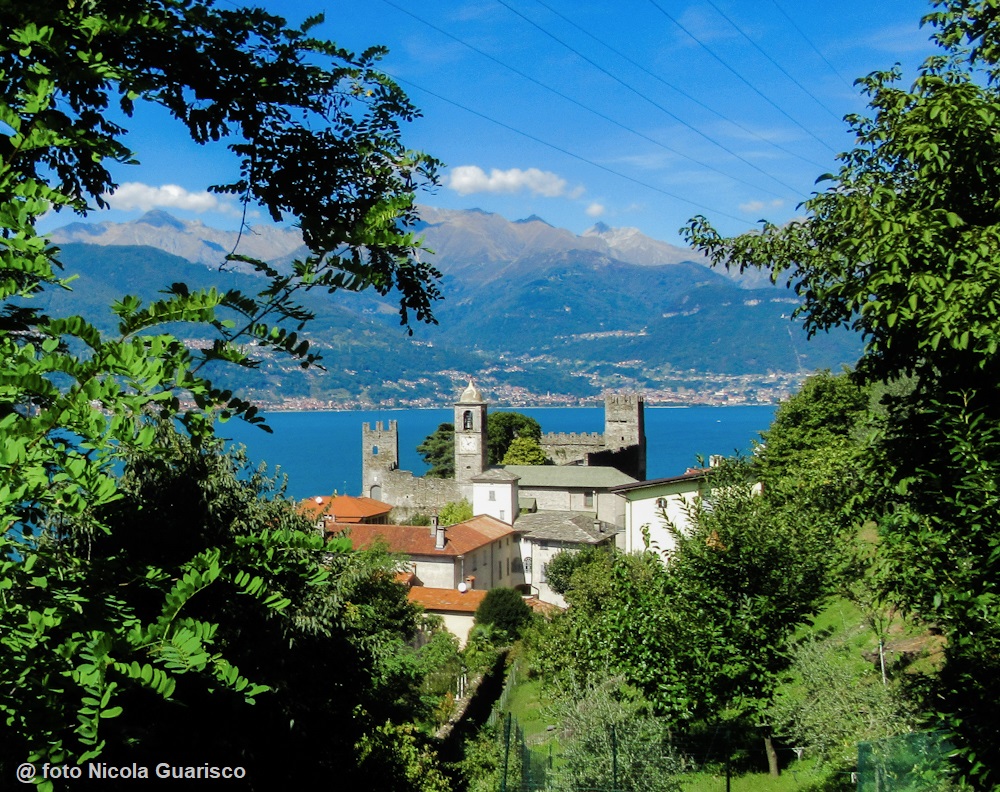 |
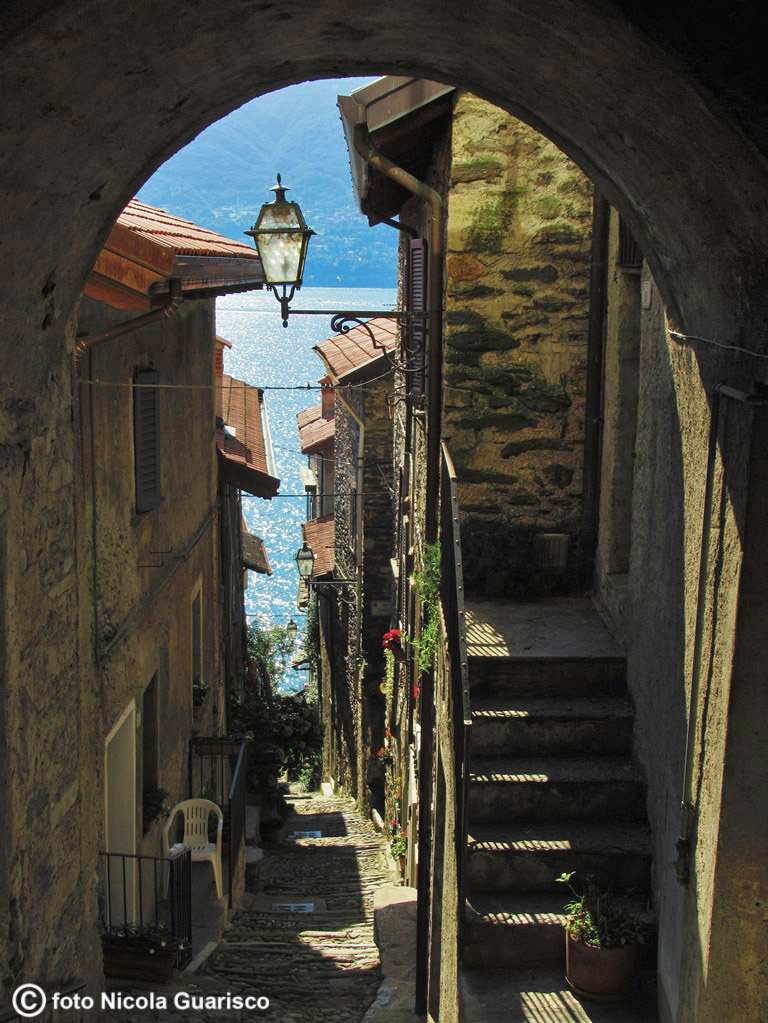
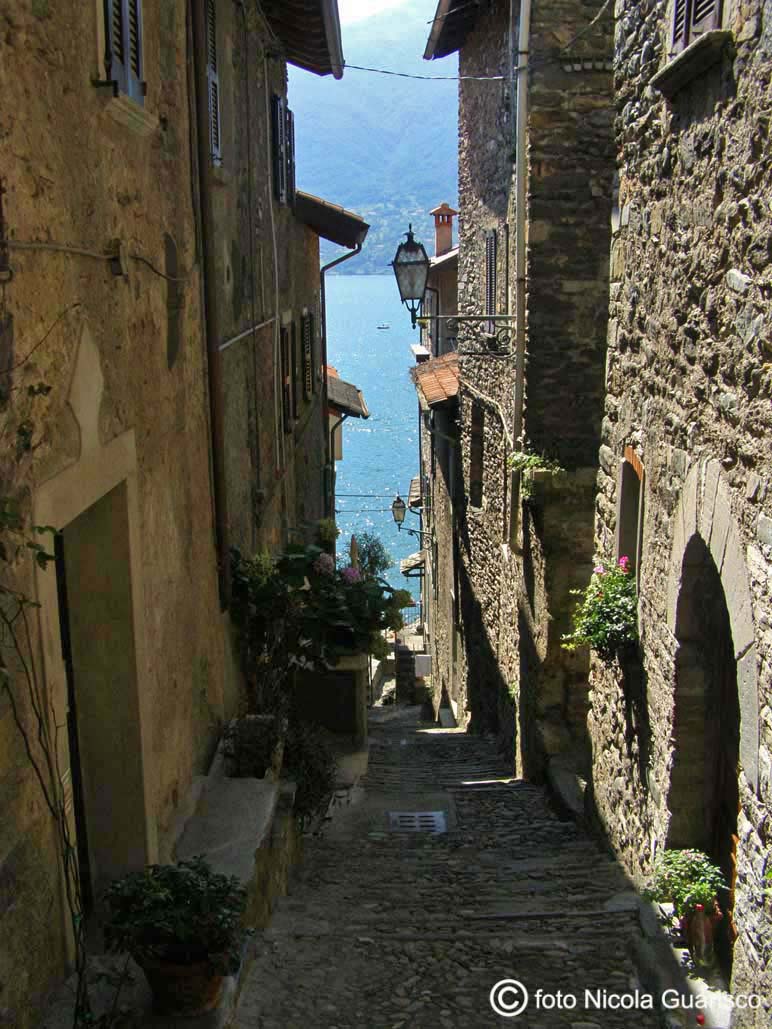 |
|
Long alleys descend towards the lake. |
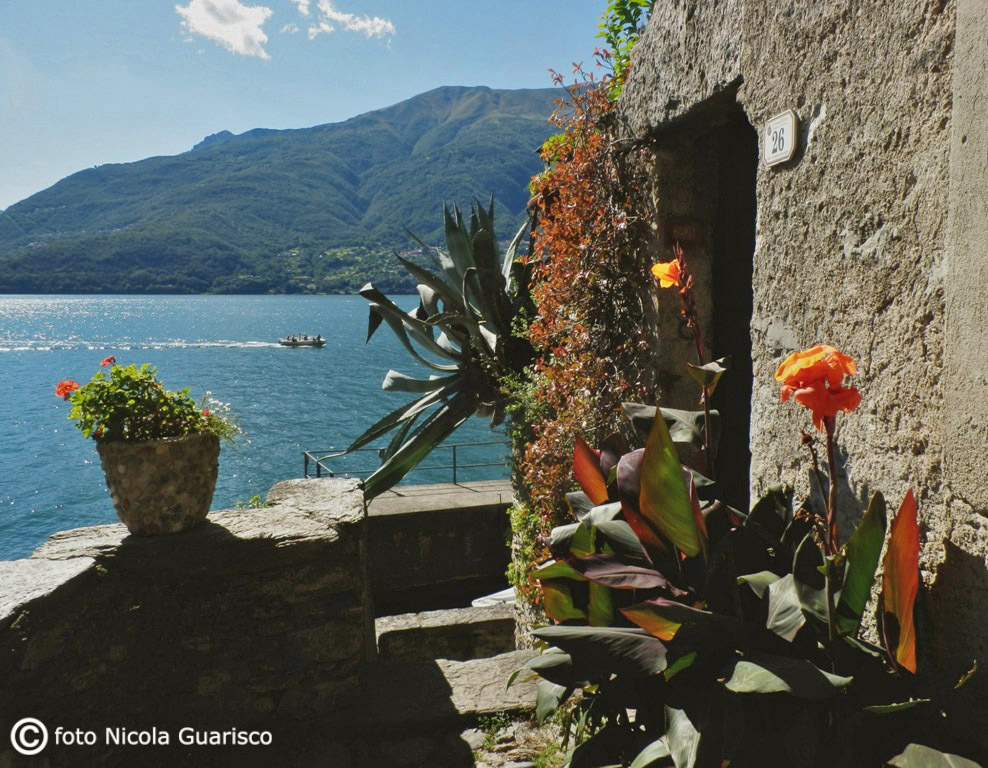
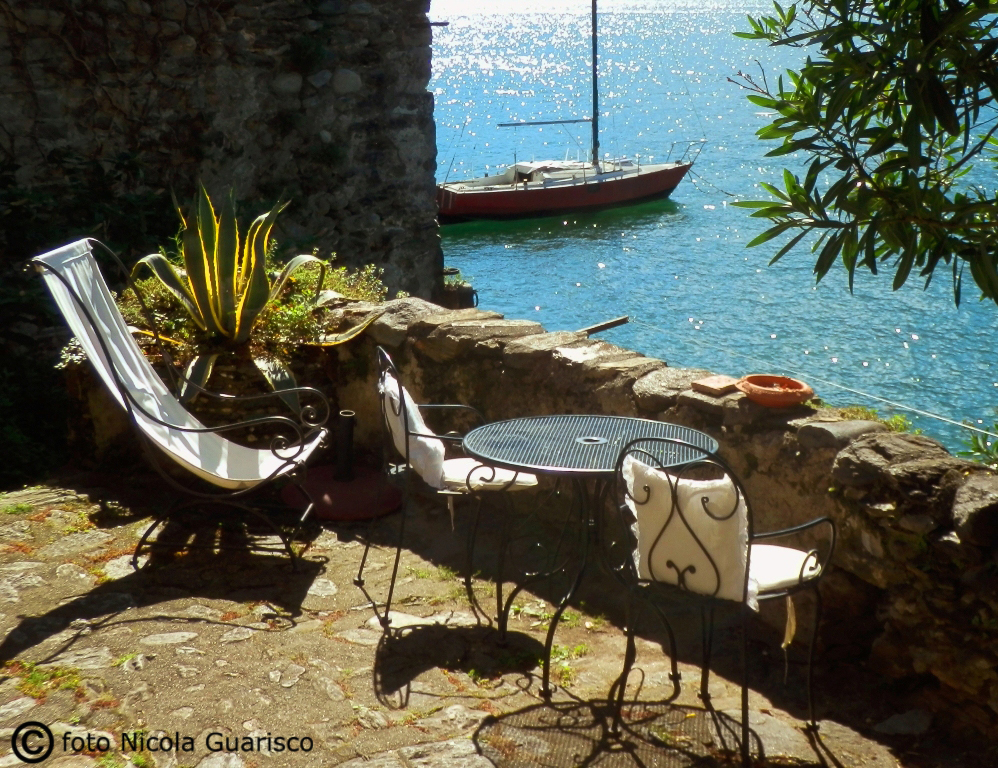 |
|
A passing glimpse of the houses: a fascinating mix of medieval alpine style and Mediterranean exoticism. |

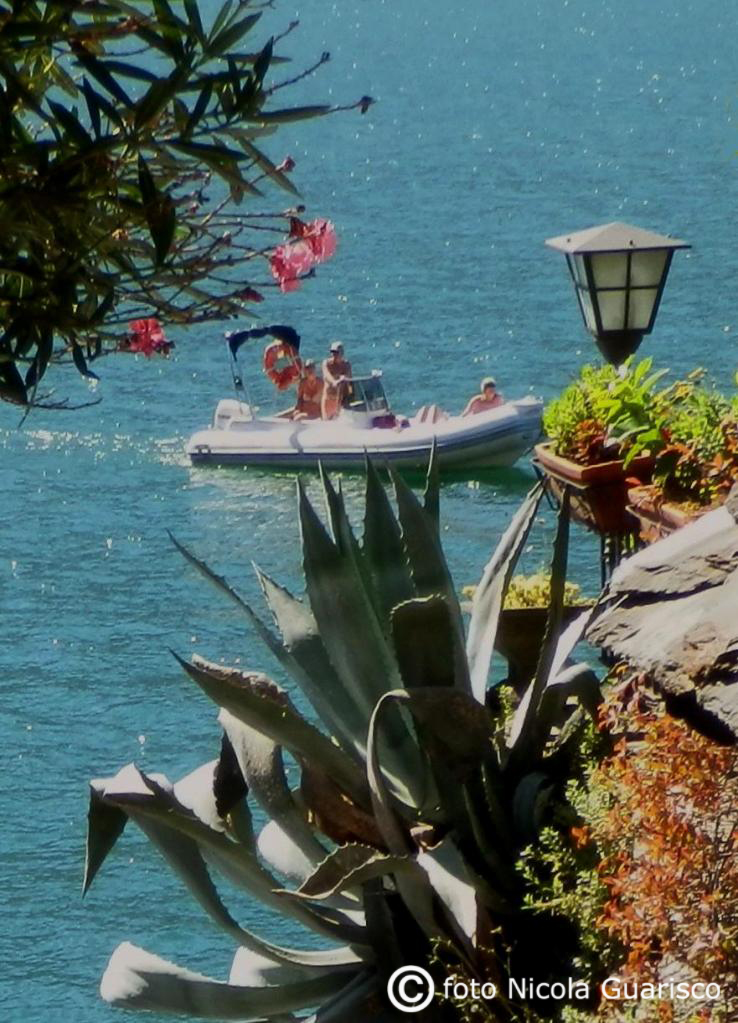
|
|
A Portuguese azulejo and a boat between the agaves bring to mind a seafaring flavor. |
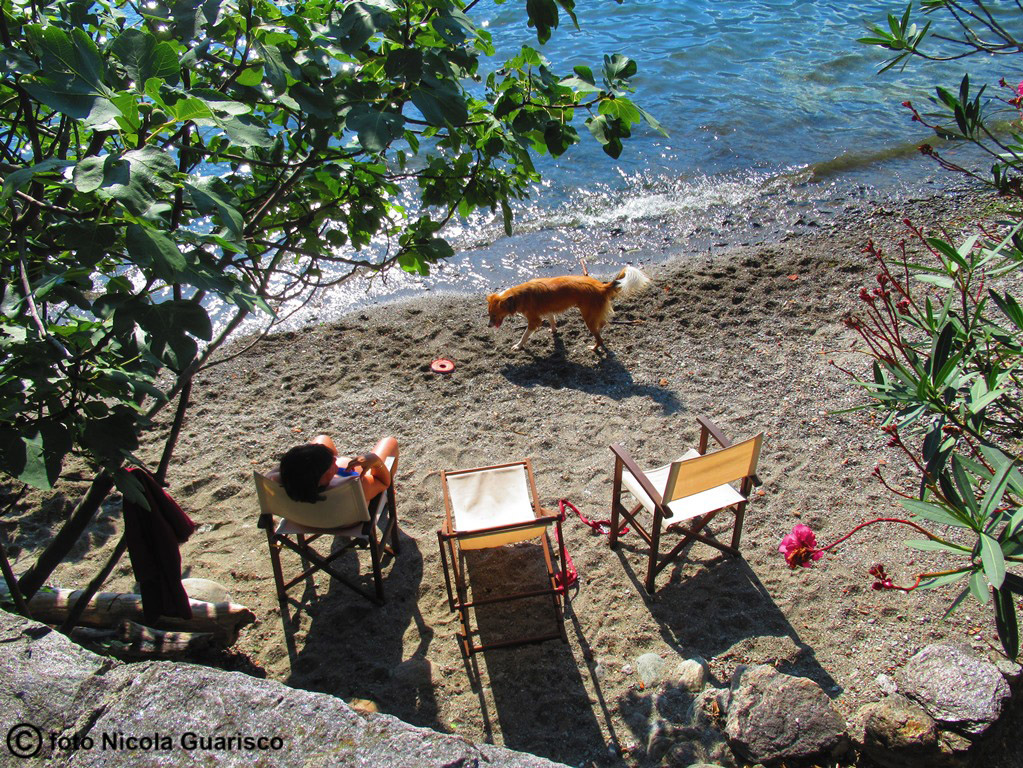
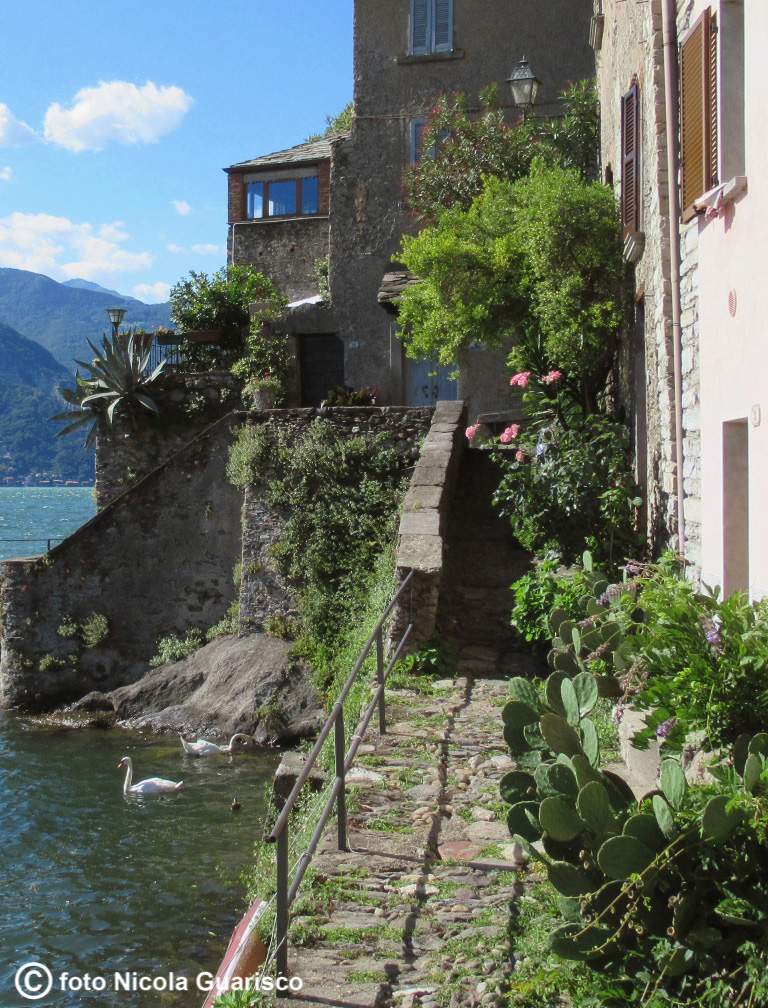
|
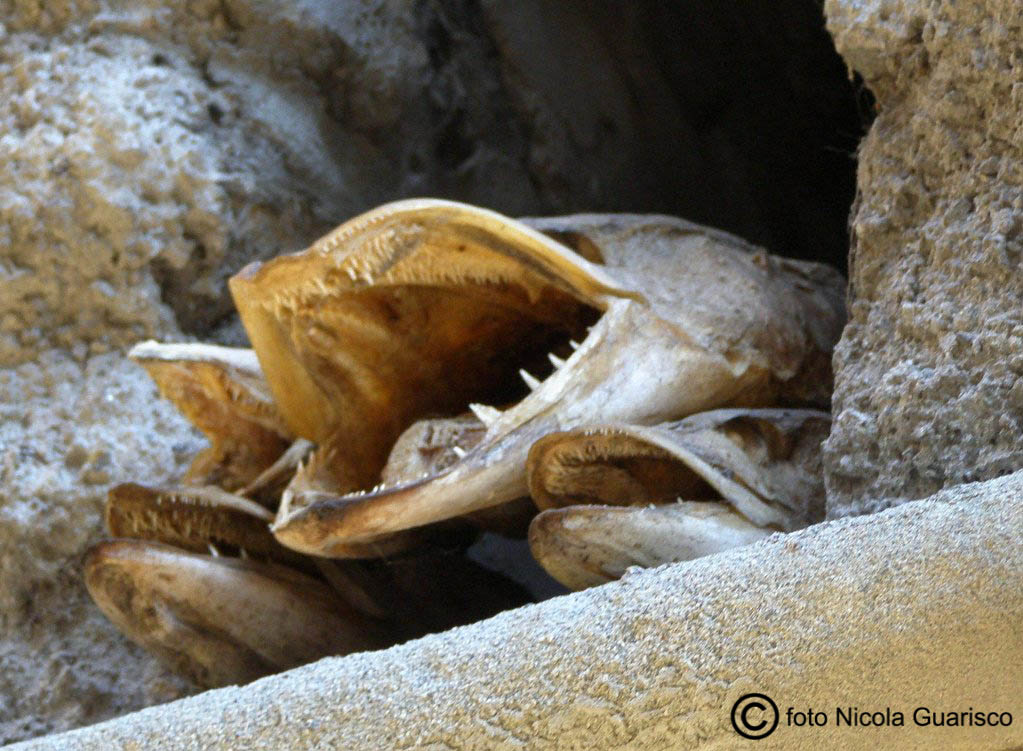 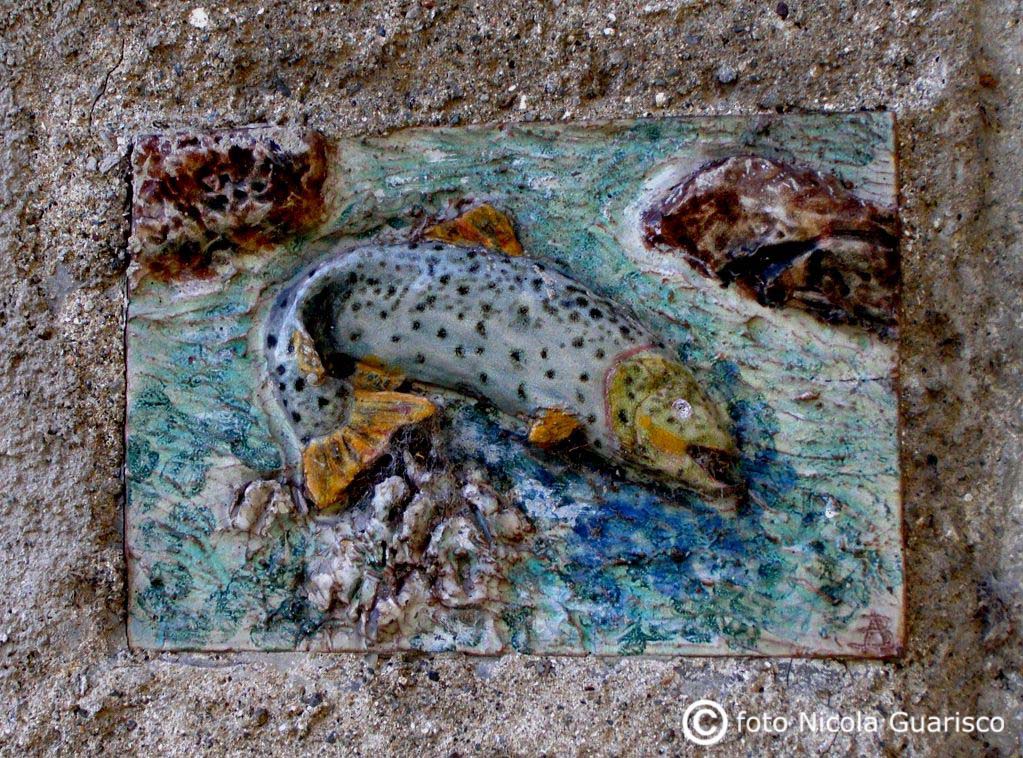 |
|
Peculiar trophies of dried fish, tiles and molds hang on doors. |
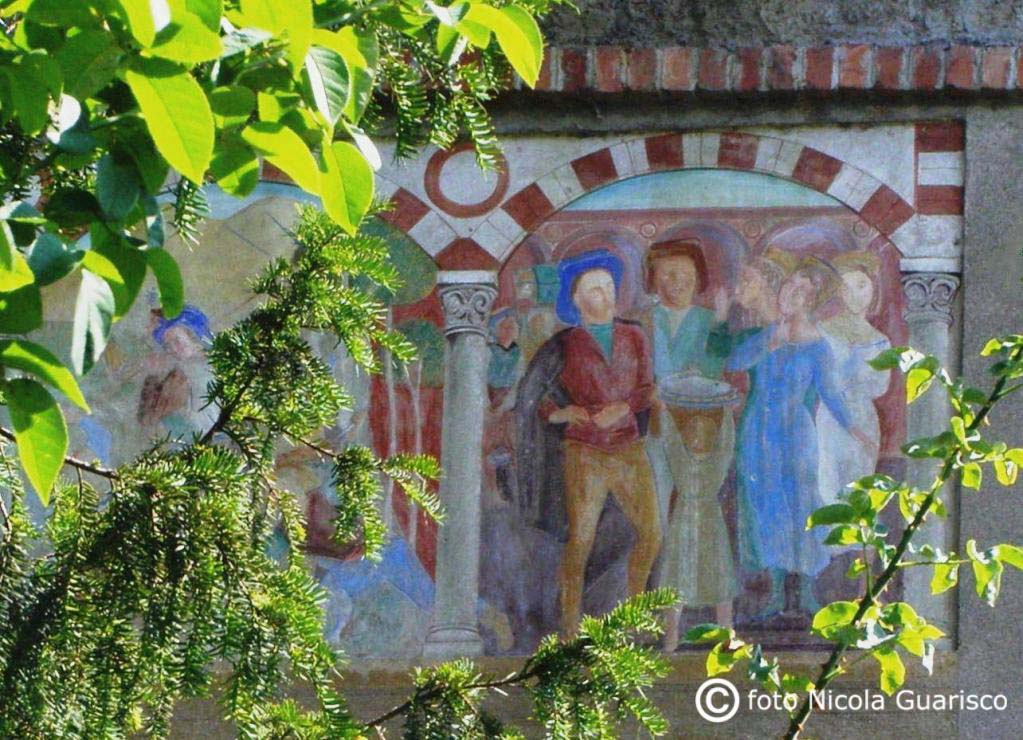
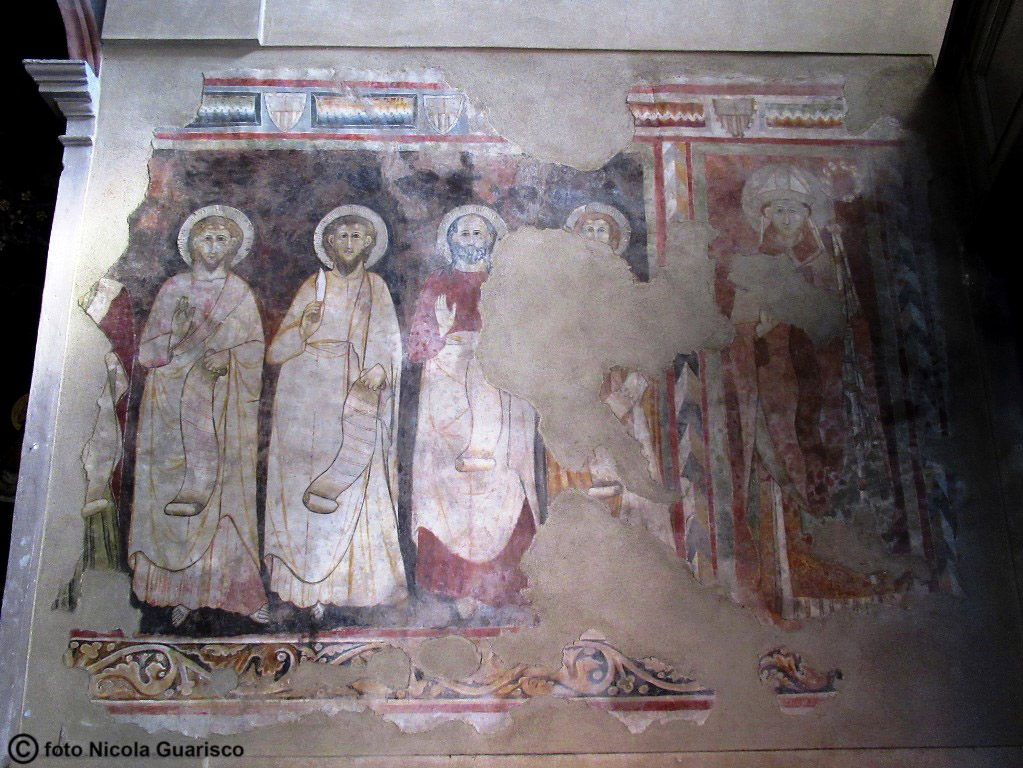 |
|
An old mural fresco near the tiny harbour. |

|
|
The eastern coast that stretches out between Corenno and Dervio. |
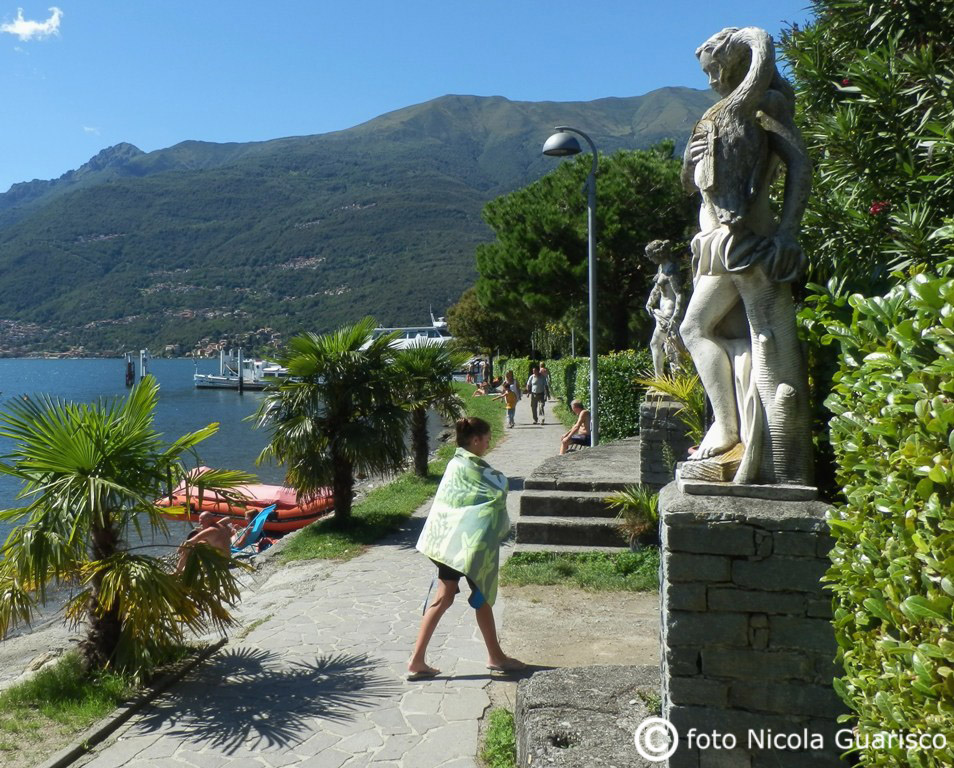
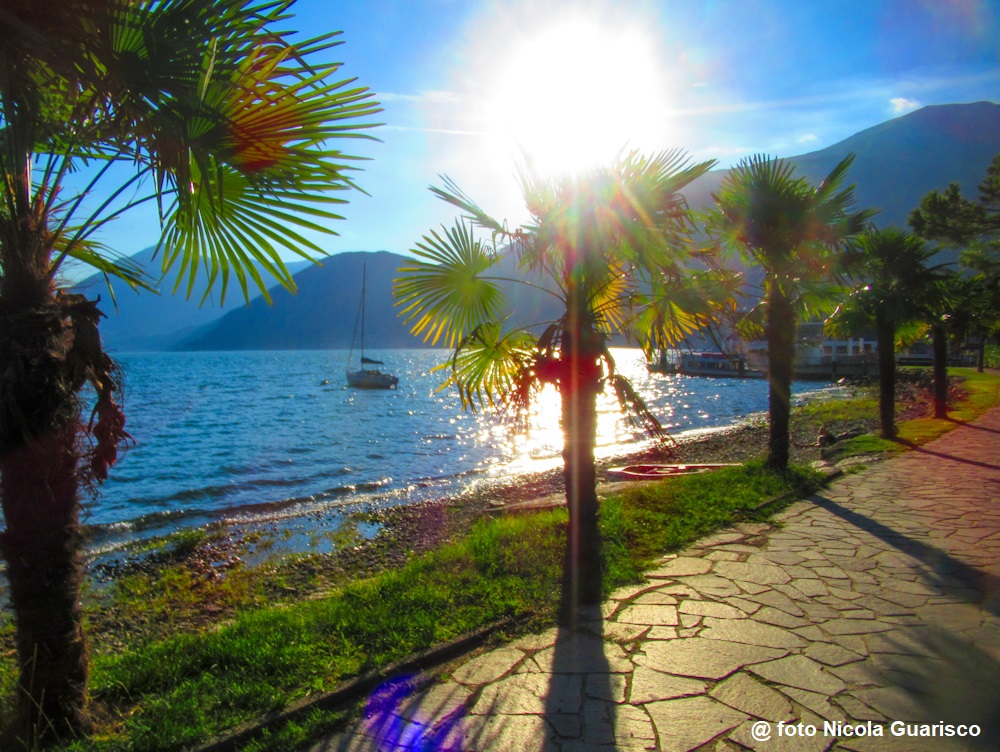
|
|
Here we are in Dervio, a lacustrine paradise for sunbathers and lovers of water sports. |
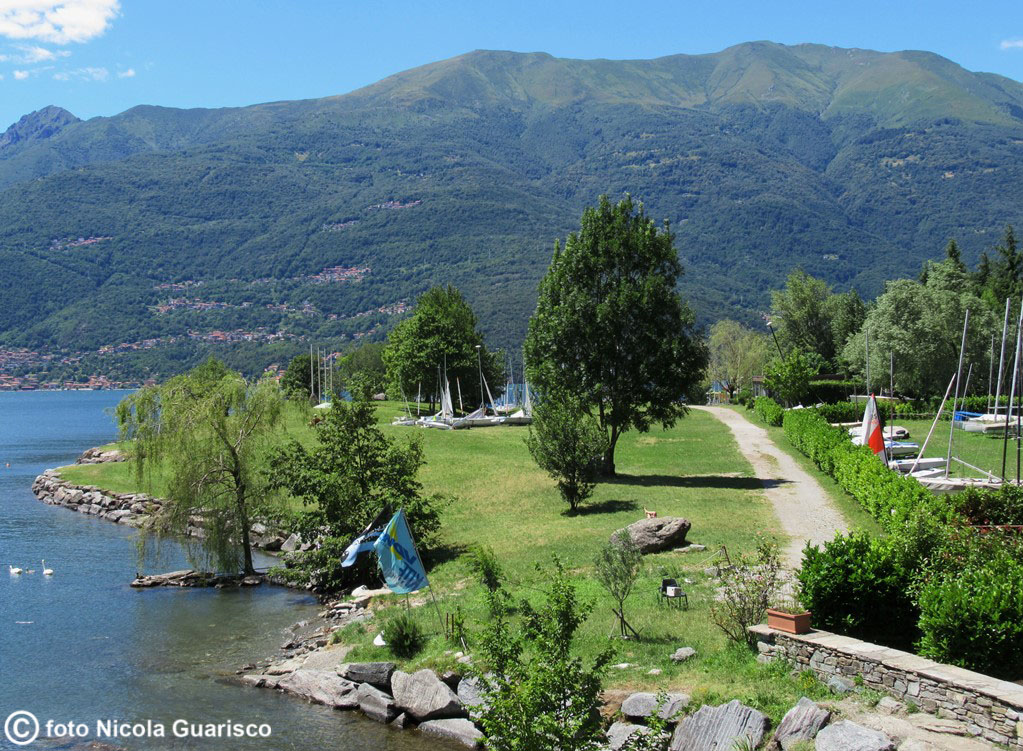
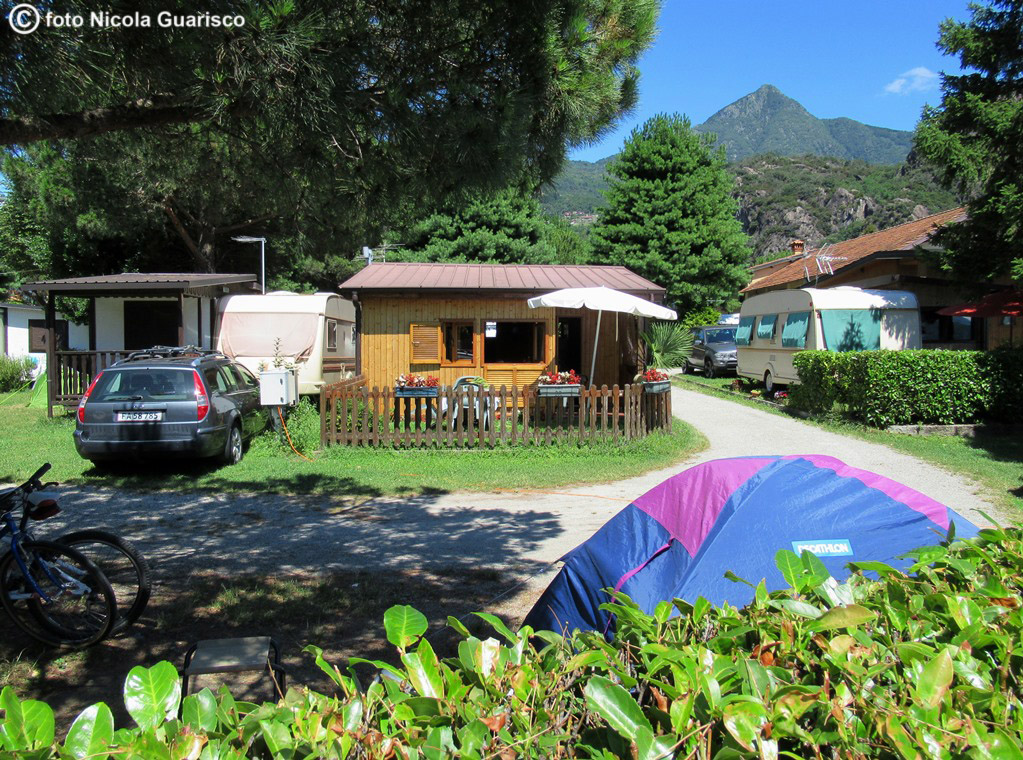
|
|
Here we are in Dervio, a lacustrine paradise for sunbathers and lovers of water sports. |
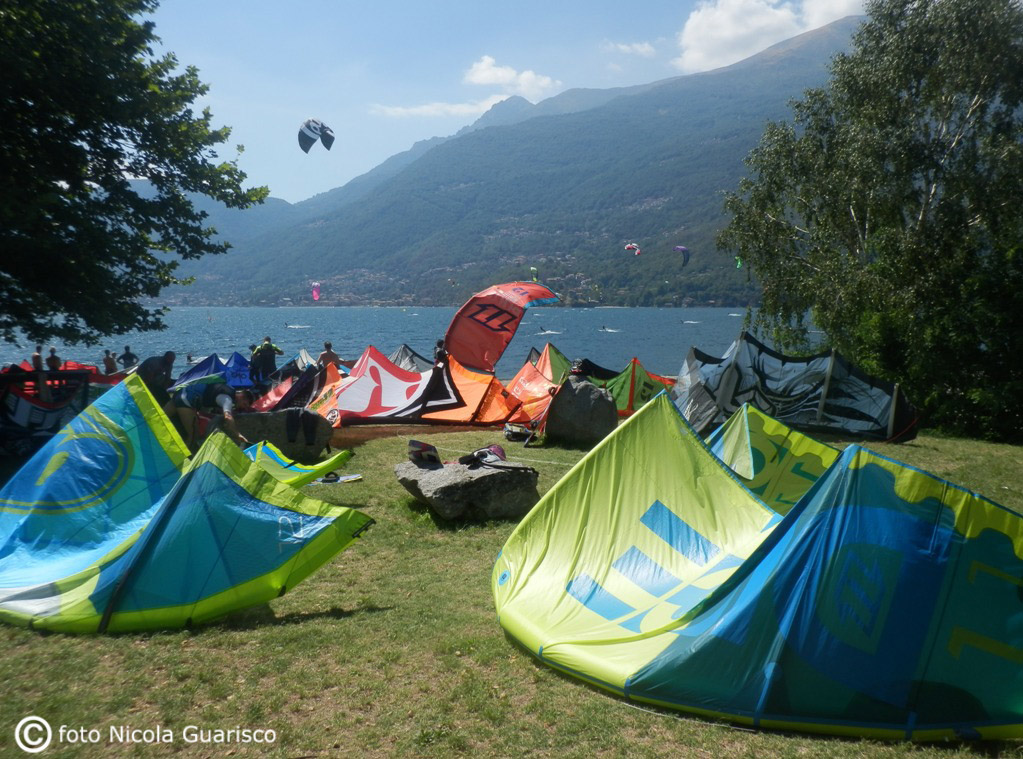
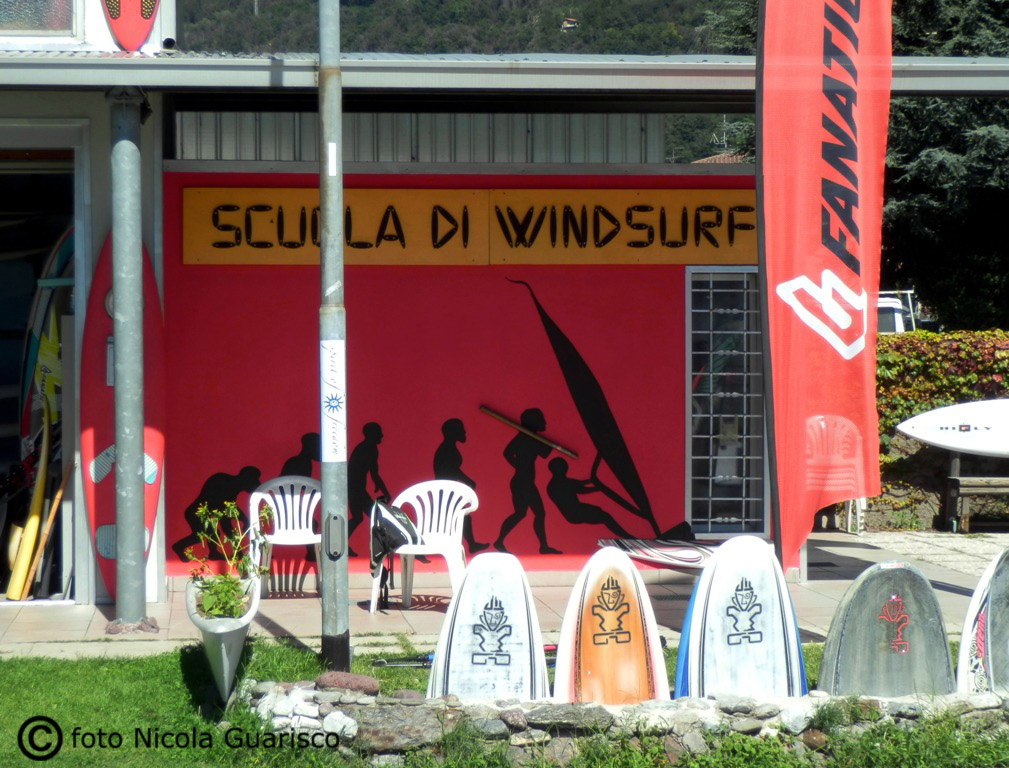 |
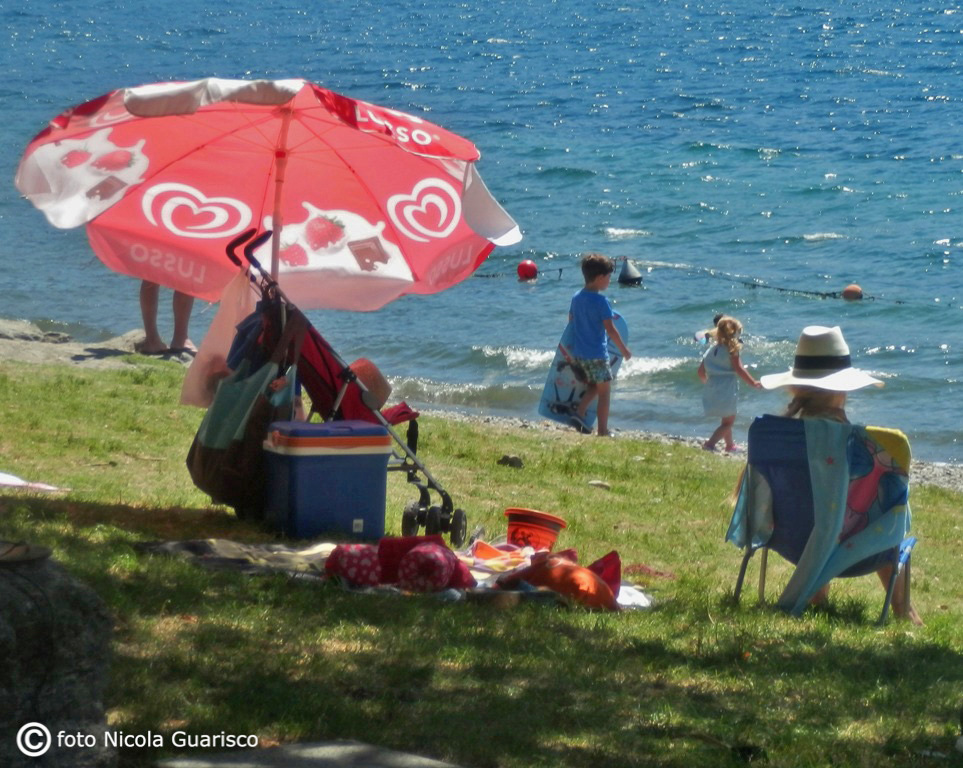
|
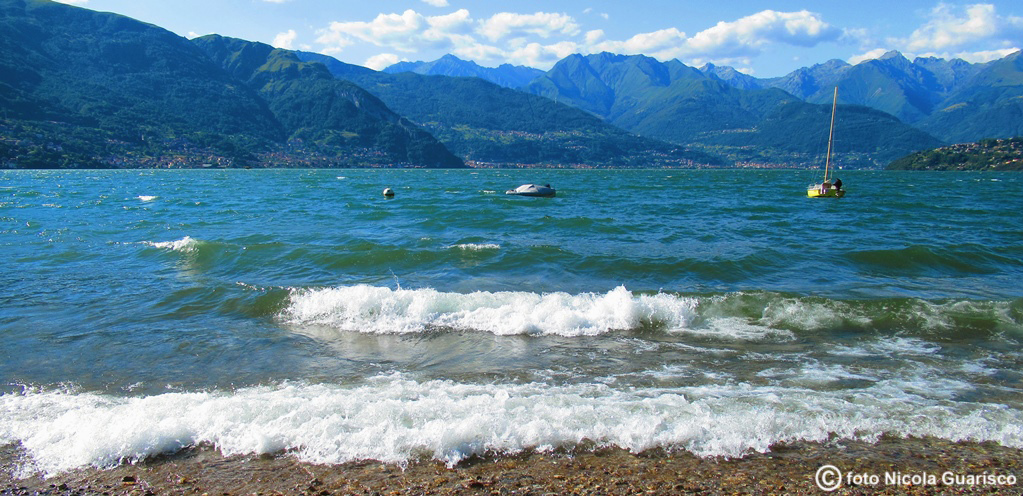
|
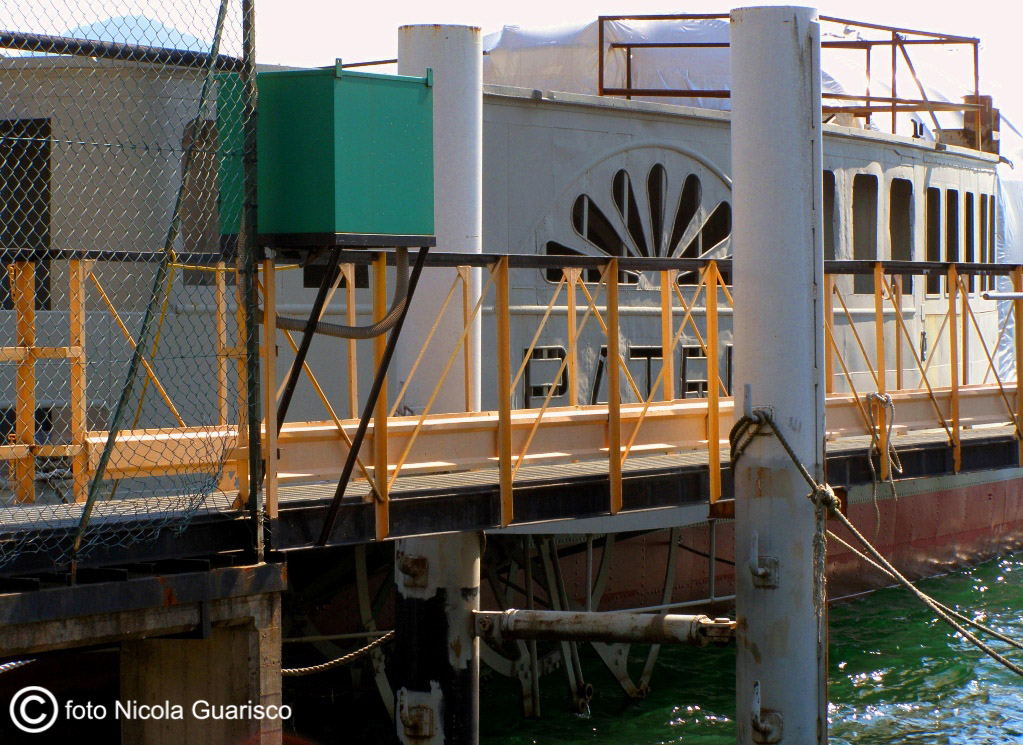
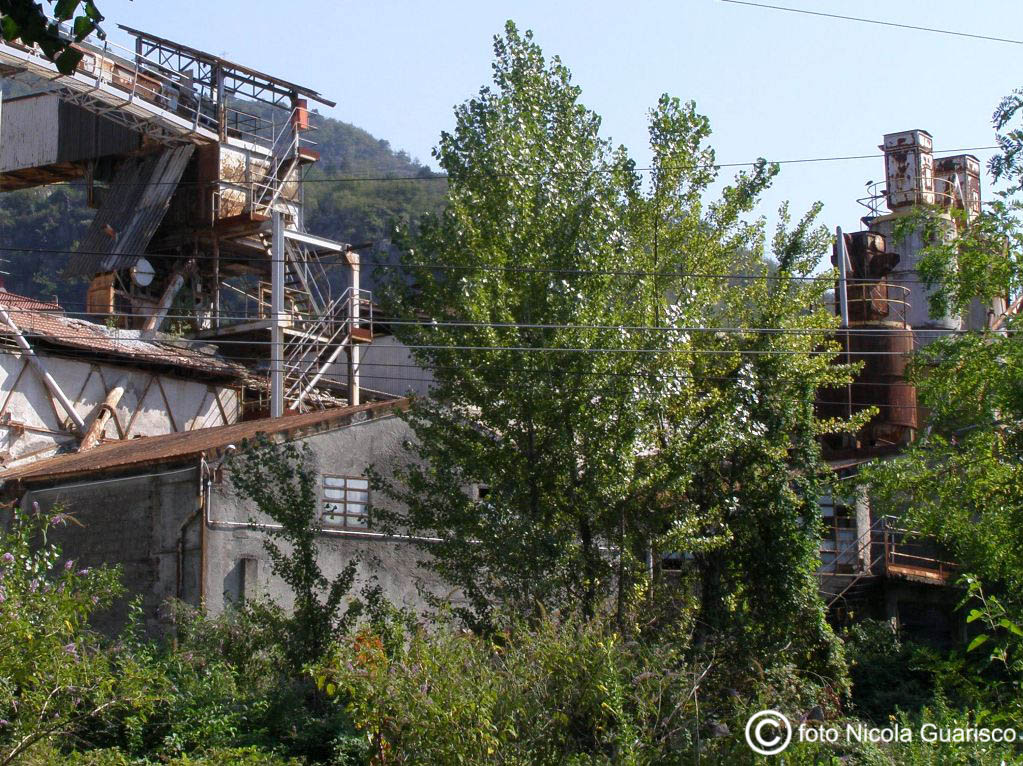
|
|
The labourer vocation of Dervio and the province of Lecco is witnessed by the Navigazione’s shipyard (photo on the left, with the ship Patria under restoration) and by the ruins of the old factory, |
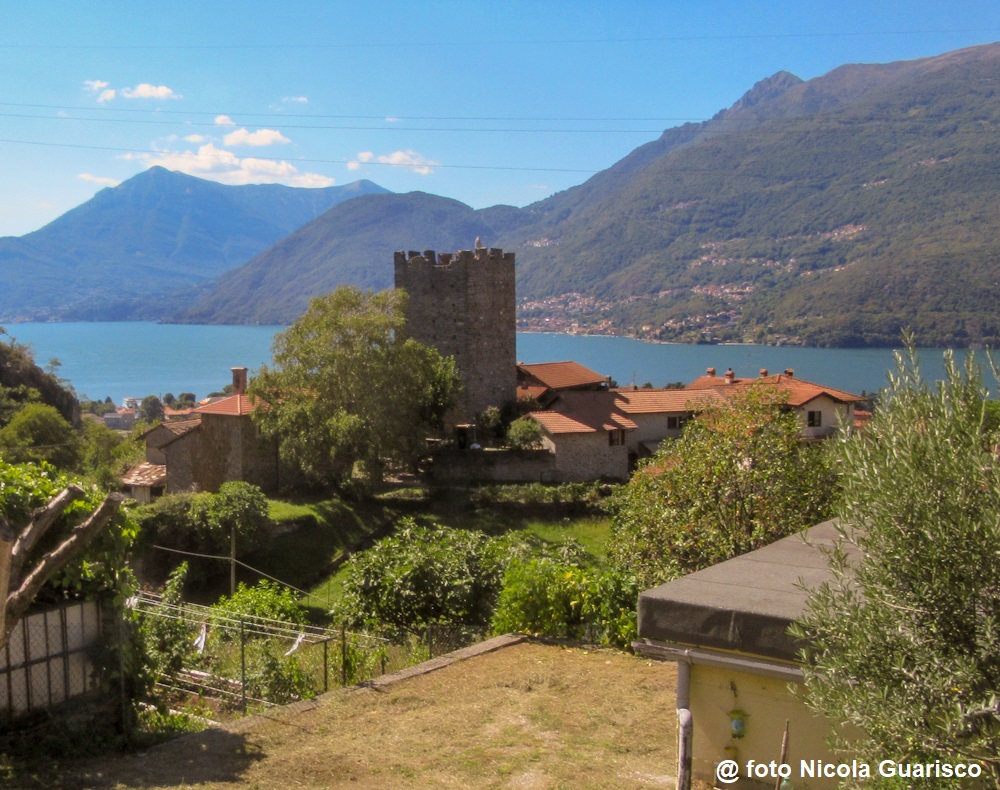
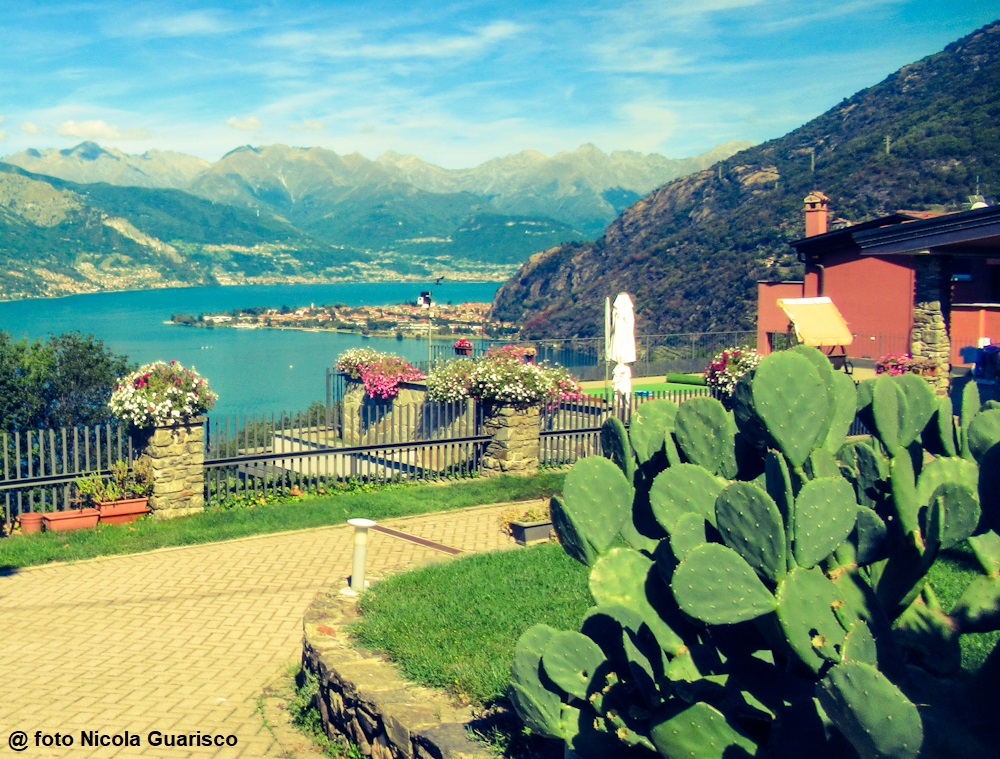
|
|
Left: the tower of Orezia (15th century). Right: Dervio seen from Bellano. |
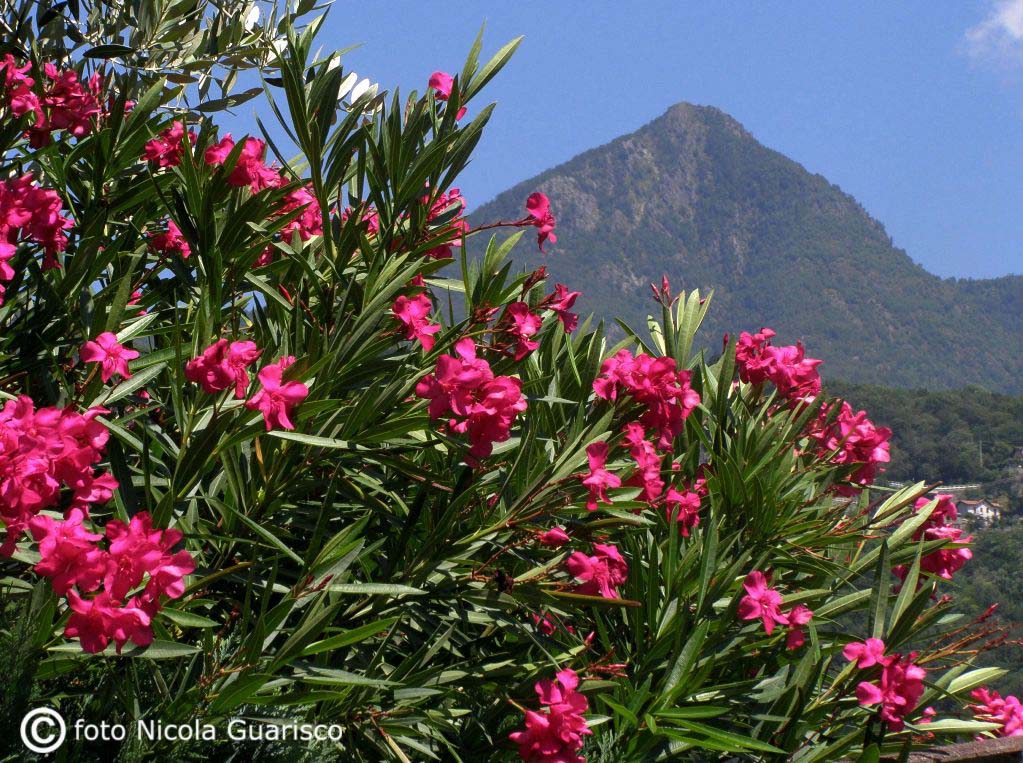
|
|
On the slopes of the unmistakable Legnoncino mount (1714 m.). |
